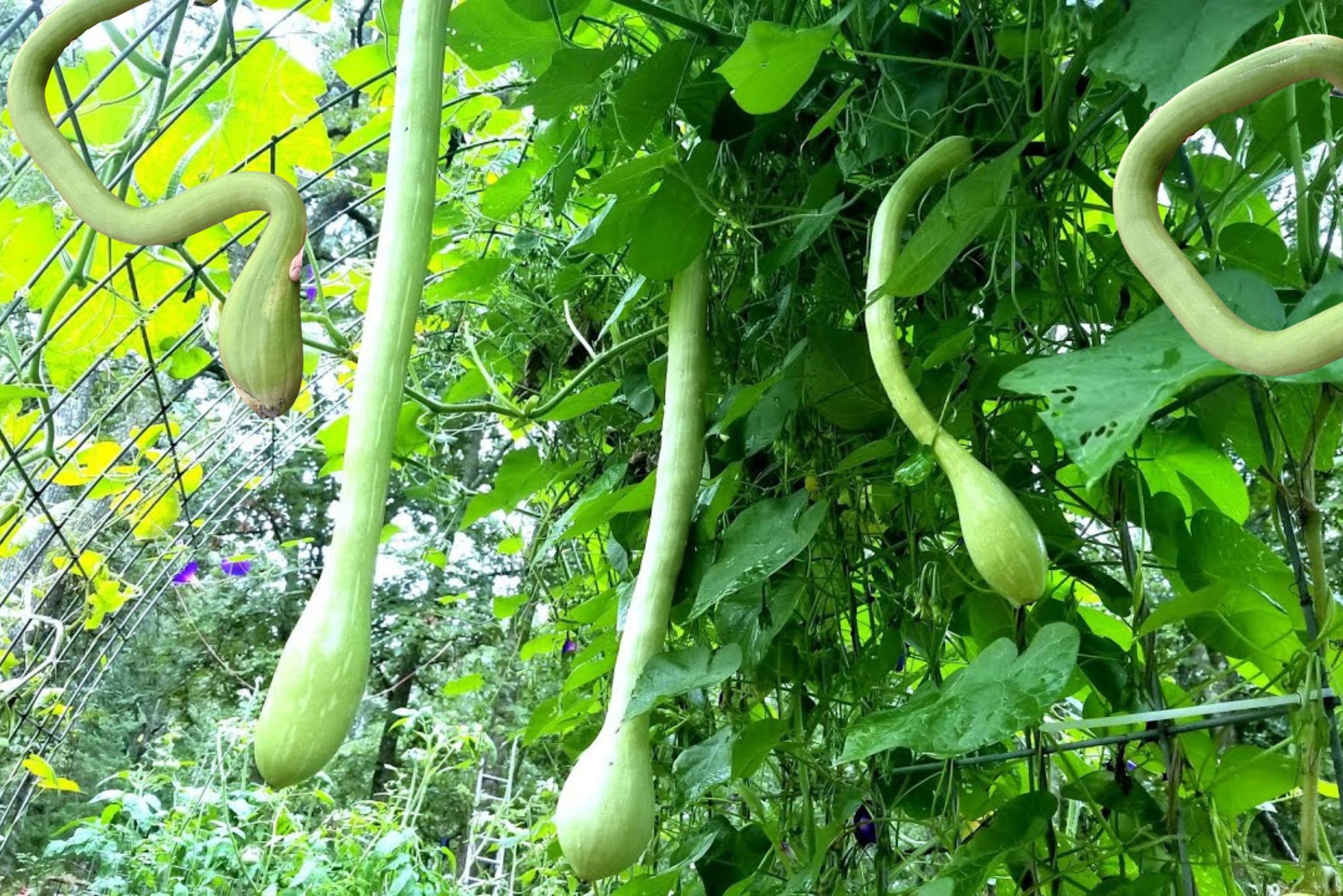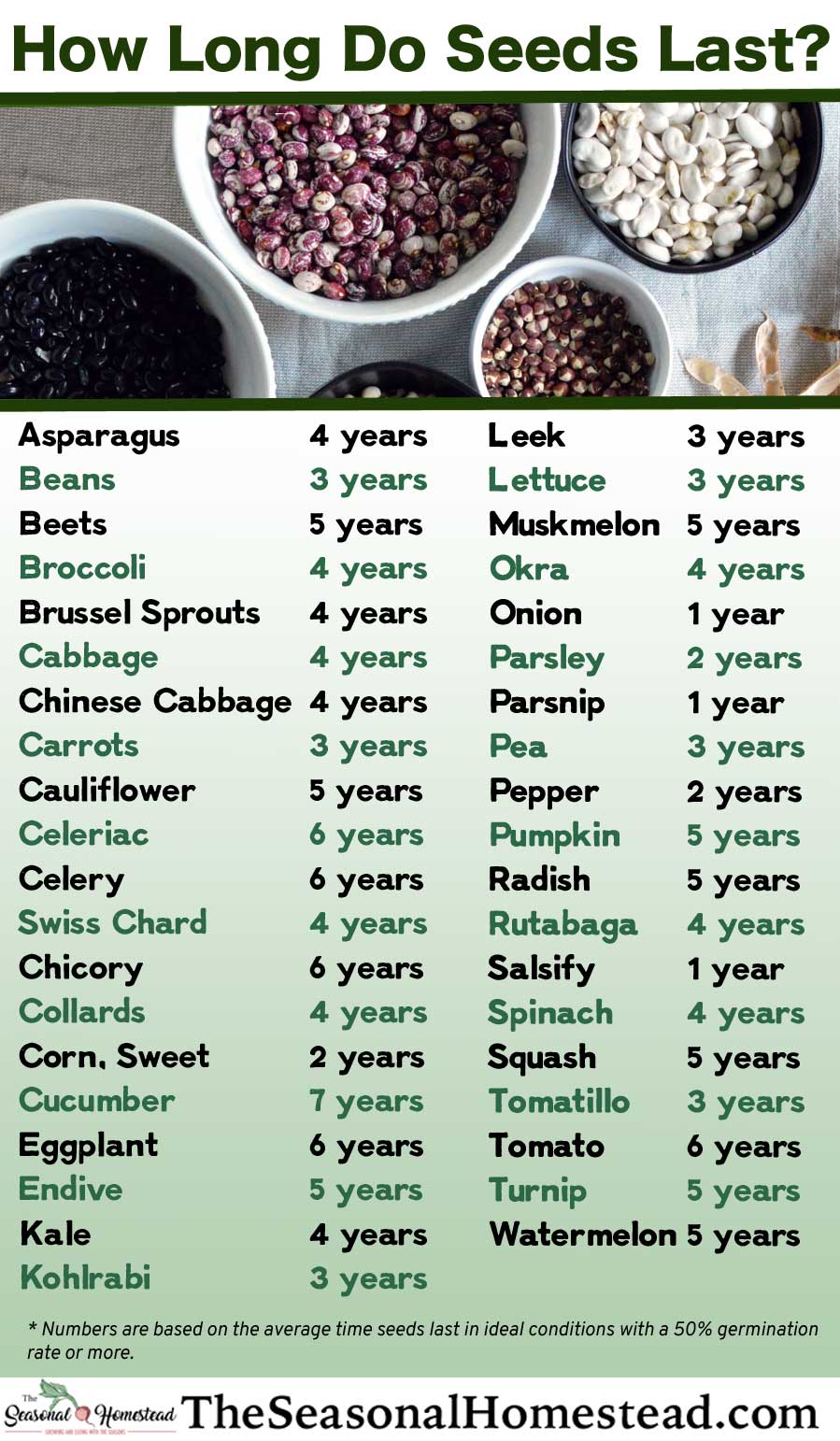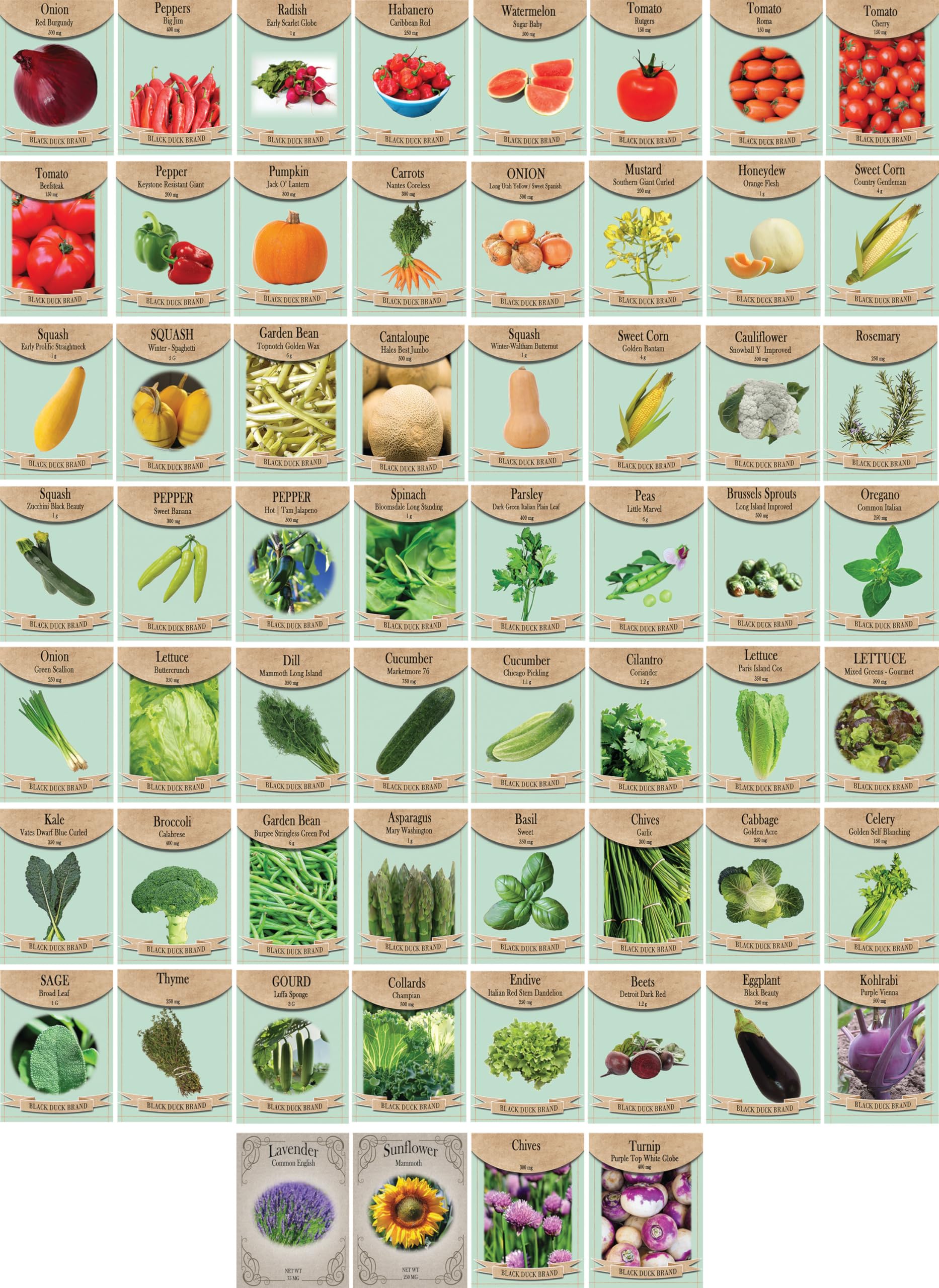Discover the world of Zucchino Rampicante, a distinctive Italian squash that has captivated gardeners and chefs alike. Known for its exceptional length and sweet, nutty flavor, this heirloom variety stands out in the culinary landscape.
Whether you’re an experienced gardener or a cooking enthusiast, the versatility of Zucchino Rampicante offers an exciting addition to your repertoire. Let’s delve into the details of what makes this squash so special.
What Is Zucchino Rampicante?
Zucchino Rampicante, also referred to as Tromboncino squash, is an heirloom variety of Italian zucchini. Its long, curving shape can grow up to 4 feet, making it a striking sight in any garden. Unlike typical summer squashes, its vines are quite robust, supporting the weight of the elongated fruit as it matures.
The squash is a favorite for its prolific production and ease of growth. It thrives in warm conditions and can be grown vertically, saving valuable garden space and adding an ornamental quality to vegetable plots.
Part of the allure of Zucchino Rampicante is its dual purpose in the kitchen. It can be harvested young for a tender, flavorful addition to summer dishes, or allowed to mature into a firmer winter squash with a beige exterior suitable for longer storage.
What Does Zucchini Rampicante Taste Like?
Zucchini Rampicante offers a sweeter and nuttier flavor compared to its more common zucchini cousins. Its flesh is firm and less watery, making it ideal for a range of cooking methods.
Many aficionados appreciate the delicate yet rich taste of this squash, finding it adds a unique twist to traditional zucchini recipes. Its texture is also noteworthy, with a creamy density that holds up well when cooked.
How To Eat Zucchino Rampicante?
Eating Zucchino Rampicante is a culinary adventure, as it lends itself to a multitude of dishes. From grilling and roasting to stuffing and spiralizing, the possibilities are nearly endless.
- Grilled: Slice it into long planks and grill for a charred, smoky flavor.
- Sautéed: Dice it up and toss it in a pan for a quick, savory addition to any meal.
- Stuffed: Hollow out the center and stuff it with a mixture of cheese, grains, and herbs.
How To Grow Zucchino Rampicante?
Growing Zucchino Rampicante is a rewarding experience, especially when following a few simple tips. Plant seeds after the last frost when the soil has warmed, giving them plenty of sunlight and room to sprawl or climb.
Consistent watering and regular feeding will encourage healthy growth. However, be mindful of pests and diseases that could affect the plant. With the right care, you’ll enjoy an abundant harvest of this delightful squash.
When To Pick Zucchino Rampicante?
Timing is crucial when harvesting Zucchino Rampicante. For tender summer squash, pick them when they are about 18 inches long and still green. If you’re after the firmer winter squash, wait until the skin turns a creamy beige and the fruit is fully mature.
Where To Buy Zucchino Rampicante Seeds?
Finding Zucchino Rampicante seeds is easier than ever with the rise of heirloom seed suppliers and online gardening communities. Look for reputable vendors that specialize in heirloom varieties to ensure high-quality seeds for successful growth.
What Are The Benefits And Growing Tips For Zucchino Rampicante?
The benefits of growing Zucchino Rampicante are numerous. It’s not only a delicious and versatile addition to your diet but also adds beauty and biodiversity to your garden. To maximize your success, provide a trellis for support, ensure ample sunlight, and maintain soil moisture for the best results.
Rampicante Squash Recipe Ideas
Get creative in the kitchen with these delicious recipe ideas for Zucchino Rampicante. Think beyond basic zucchini dishes and explore its potential in casseroles, pastas, and even desserts. With its robust flavor, this squash elevates any dish it’s added to.
Zucchino Rampicante Days To Maturity
Depending on the climate and growing conditions, Zucchino Rampicante typically reaches maturity in 50 to 70 days. Monitor your plants and look for the tell-tale signs of ripeness to enjoy this squash at its peak.
Zucchino Rampicante Trellis Techniques
Implementing trellis techniques not only saves space but also promotes healthier plants. Use sturdy materials to support the weight of the fruit and allow for air circulation, which helps prevent disease and pest infestations.
Related Questions on Zucchino Rampicante Growing Tips
What Is Zucchino Rampicante?
Zucchino Rampicante is an Italian heirloom zucchini known for its long, curved shape and sweet, nutty flavor. A versatile squash that can be enjoyed both as a summer and winter variety.
This squash has become a favorite among gardeners and cooks for its distinctive characteristics and ease of growth.
What Does Zucchini Rampicante Taste Like?
The flavor profile of Zucchino Rampicante is sweeter and nuttier than traditional zucchini, making it a preferred choice for many culinary enthusiasts.
Its firm flesh and lower water content allow for diverse cooking methods, resulting in dishes that are both flavorful and satisfying.
How To Eat Zucchino Rampicante?
Zucchino Rampicante can be enjoyed in a myriad of ways, from raw applications like salads and slaws to various cooked preparations including stir-fries, bakes, and even desserts. Its adaptability in recipes is one of its strongest culinary attributes.
What Is The Difference Between Zucchini And Zucchino Rampicante?
While both belong to the same species, Zucchino Rampicante differs from conventional zucchini in shape, flavor, and texture. It is also known for its versatility as both a summer and winter squash, which is less common in other zucchini varieties.
Check out this informative video on growing and cooking with Zucchino Rampicante:







I never knew about Zucchino Rampicante before, but after reading this, I’m super intrigued! The idea of a squash that can be both a summer and winter variety is so cool, and I love the idea of saving garden space by growing it vertically. Plus, the flavor sounds amazing—definitely on my list to try grilling or stuffing. Thanks for sharing such a detailed guide!